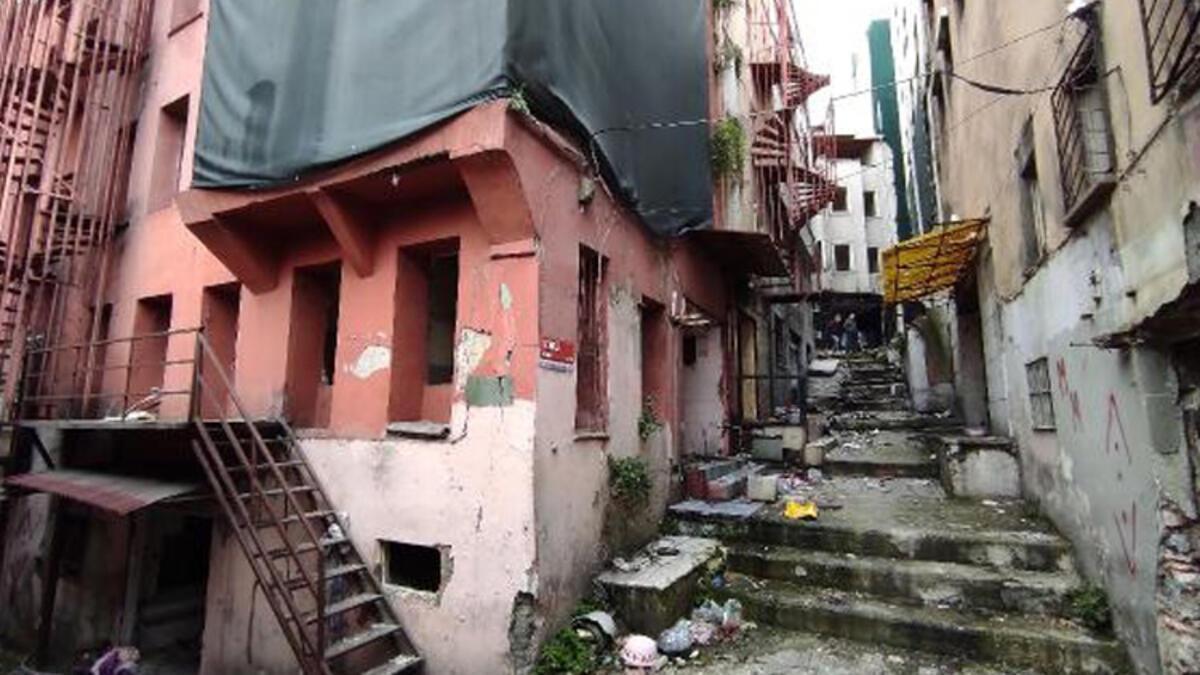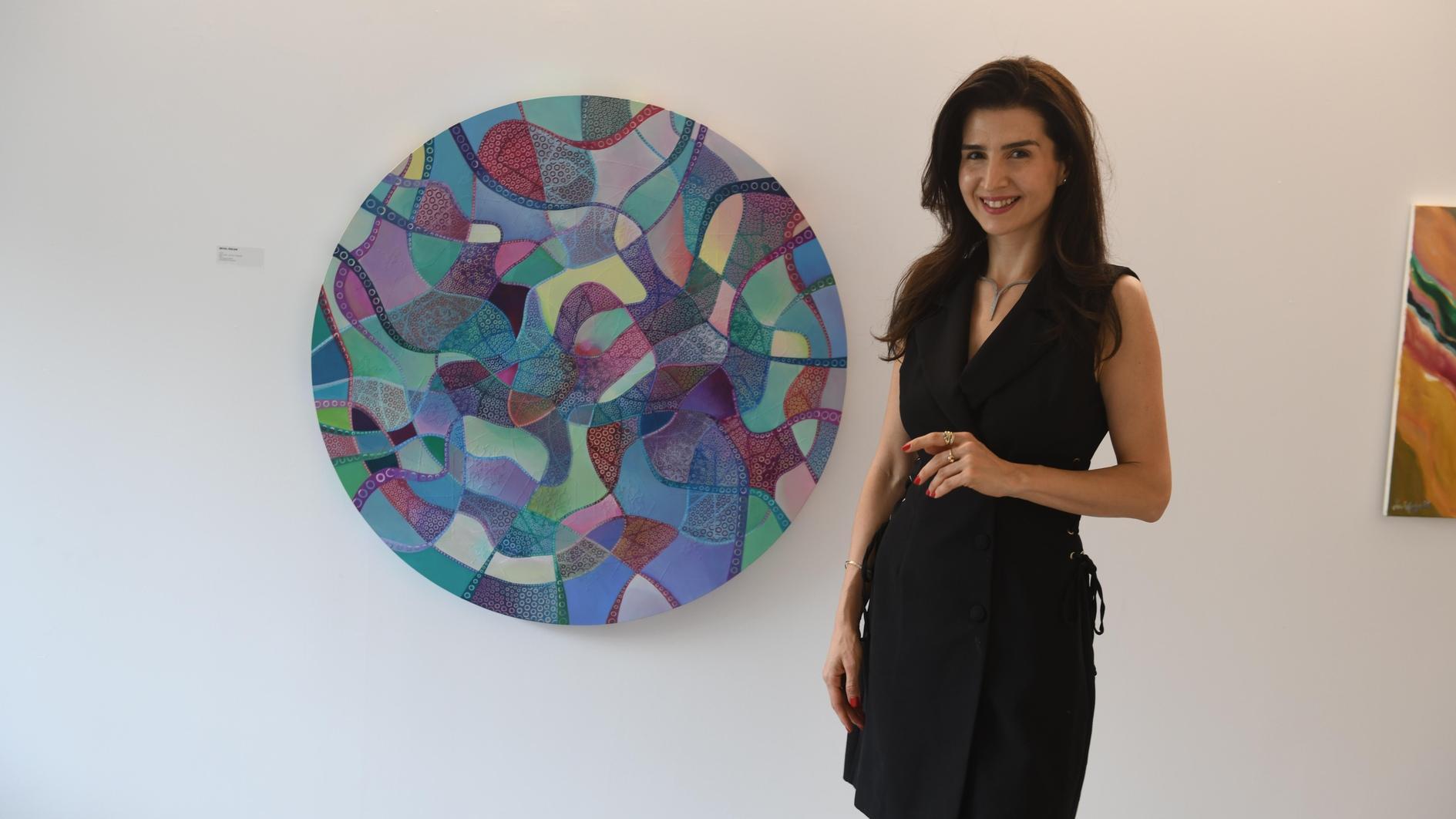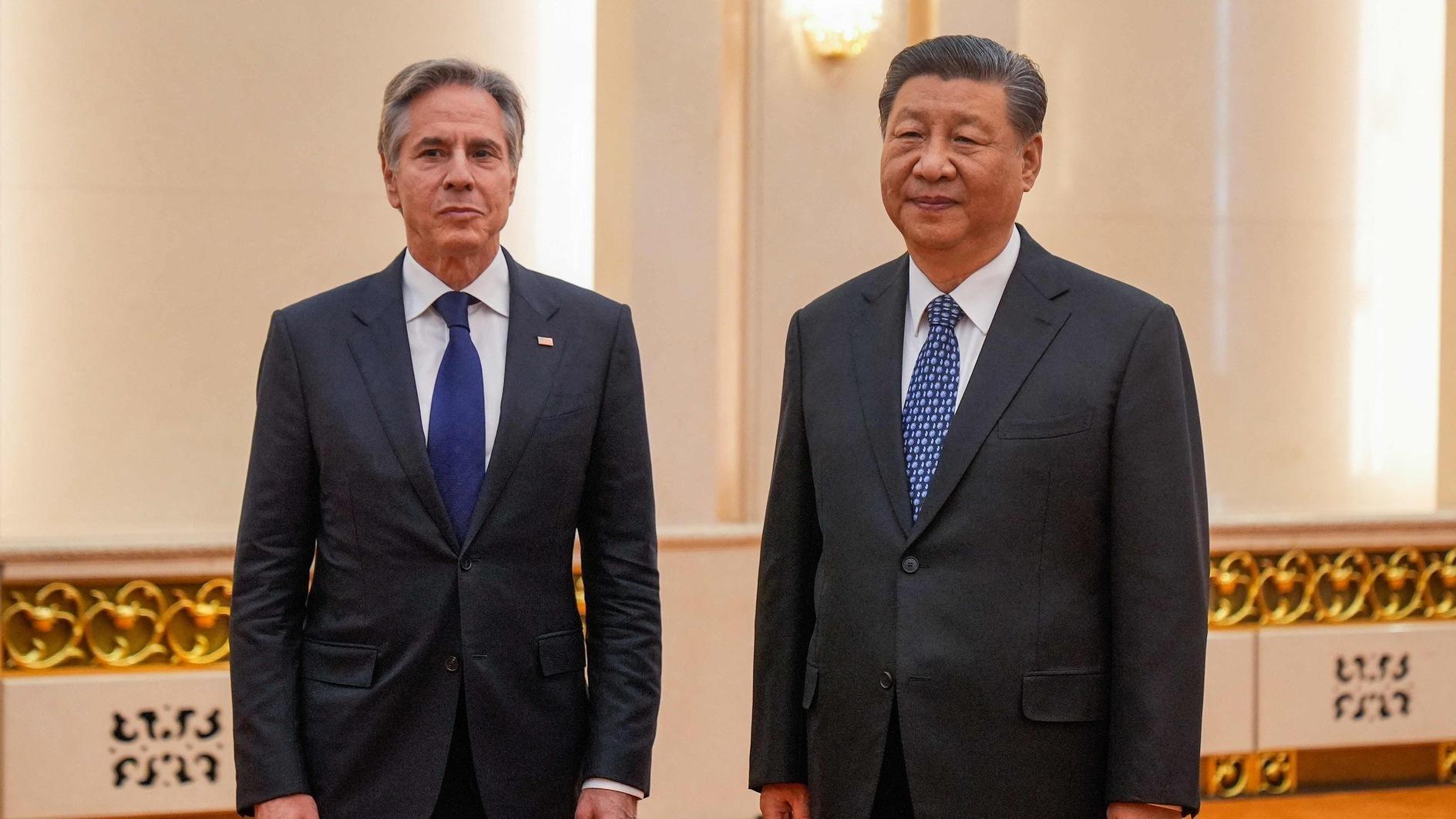Famous “brothel streets” in Beyoğlu to turn into culture center
ISTANBUL

The three famous streets in Istanbul’s Beyoğlu district hosting the “brothels of the city” for more than a century will convert into a “culture and art zone” of the metropolis after a two-year renovation.
“As the municipality of Beyoğlu, we are bringing a new function to the streets of Zürafa [Giraffe], Alageyik [Fallow deer] and Kadem [Foot],” Haydar Ali Yıldız, the mayor of the district, said in a press conference held in the ruins of the streets on Dec. 20.
The first brothel in Zürafa Street was opened during the era of the Ottoman Sultan Abdülhamit II for “serving the Europeans living in Beyoğlu” in the late 19th century. In the middle of the 20th century, some 120 escorts were working in 18 houses located in Zürafa and the streets nearby.
The brothels were officially closed with the start of the coronavirus pandemic in March 2020.
“Civilizations can be determined with people, time and place. It is our responsibility to shape the future by analyzing the soul of the time,” the mayor said.
“Today I announce that all the houses in the Zürafa Street will convert into art and culture centers. As of today, Zürafa, Alageyik and Kadem will be seen as a cultural zone,” he added.
He especially thanked the three heirs of the Turkish-Armenian businesswoman Matild Manukyan, who own most of the 42 properties in the streets, for helping the municipality.
Born in 1914 and died in 2001, Manukyan, famously known as “brothel boss,” was a tax champion, owning some 37 brothel houses. She also was the owner of some 500 properties, more than 200 taxi plates and dozens of buildings in Istanbul.
During the pandemic, the municipality officials contacted Manukyan’s three heirs, Dora, İlda and Edvin Çilingir, and told the plan.
“Within the scope of the Beyoğlu Culture Road project, these streets will become landmarks of the city in a cultural way,” the mayor highlighted.
According to the project, a board with experts and owners of the properties in the streets will be established. This board will analyze the culture and art zones globally and form an archaeological plan.
The cost of the urban renewal will be taken care of by Manukyan’s heirs and other property owners. According to the officials, the three heirs “accepted to pay for the renewal costs willingly.”
The first thing to do will be to pick garbage and clean the streets.
There is no official renewal plan at the moment, but the mayor underlined that the zone would host cafes, bookshops and cultural activity centers.
















